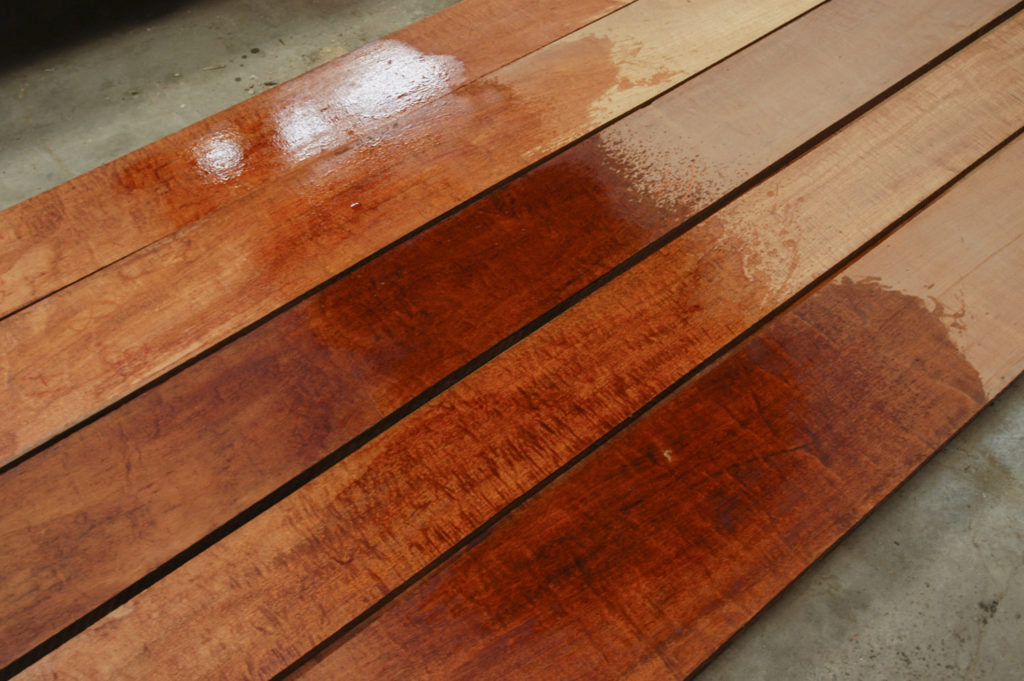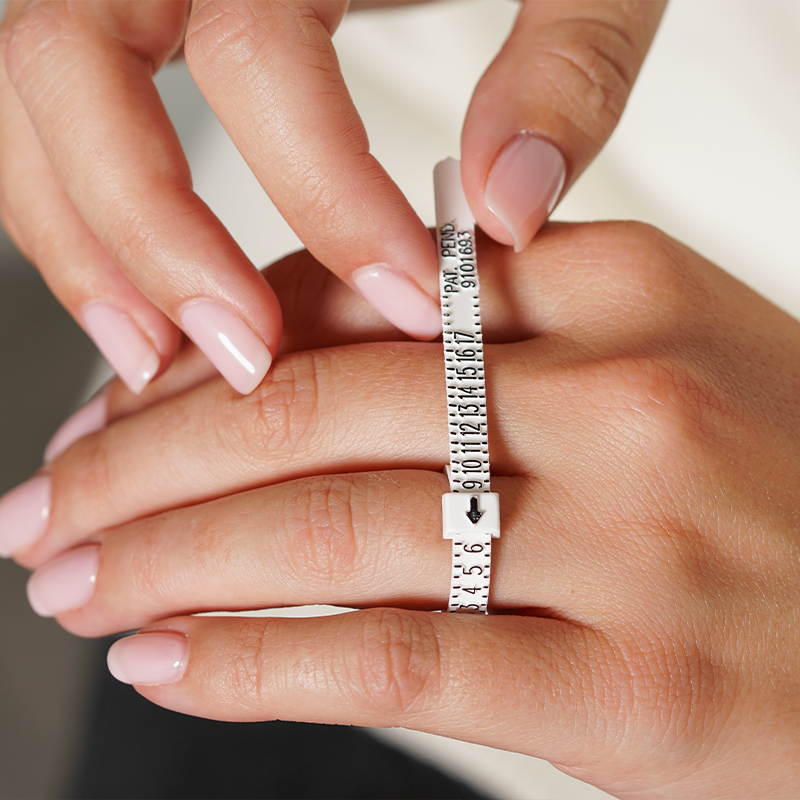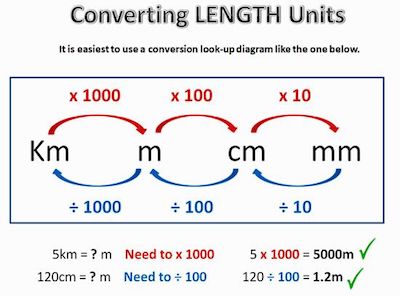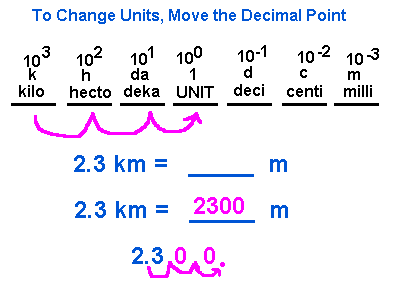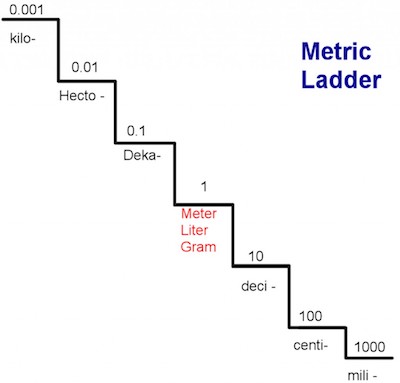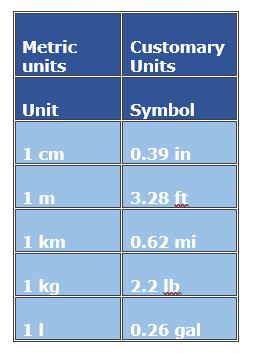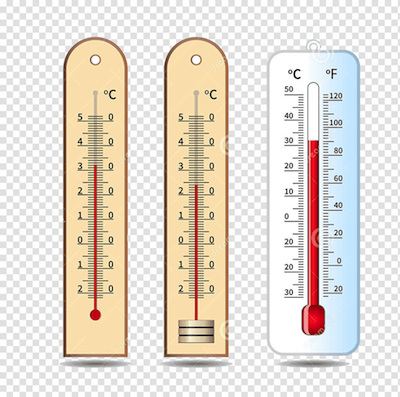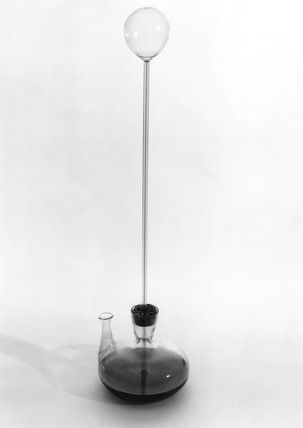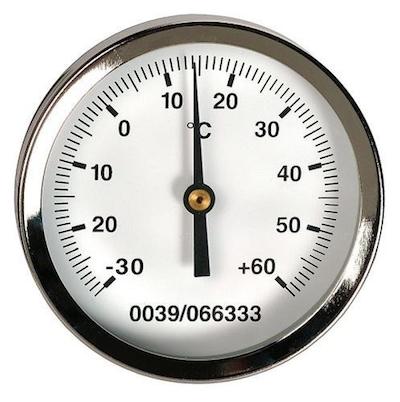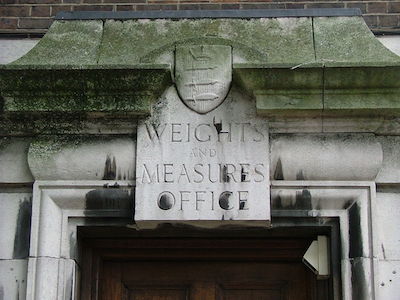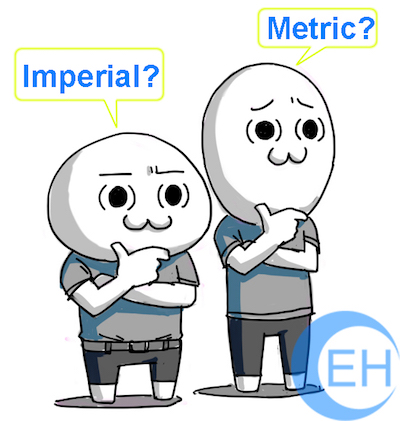The United States is a wide-reaching, massive country with a variety of landscapes, ecosystems, and terrain. Across them all, many large rivers cut through the land, whether across deep river valleys, flowing through swampy wetlands, or carving through mountainous terrain. In the United States, some of the largest rivers in the world can be found. The country’s sheer size means it has a lot of very long rivers. We made a list of the eight longest rivers in the US in order of length.
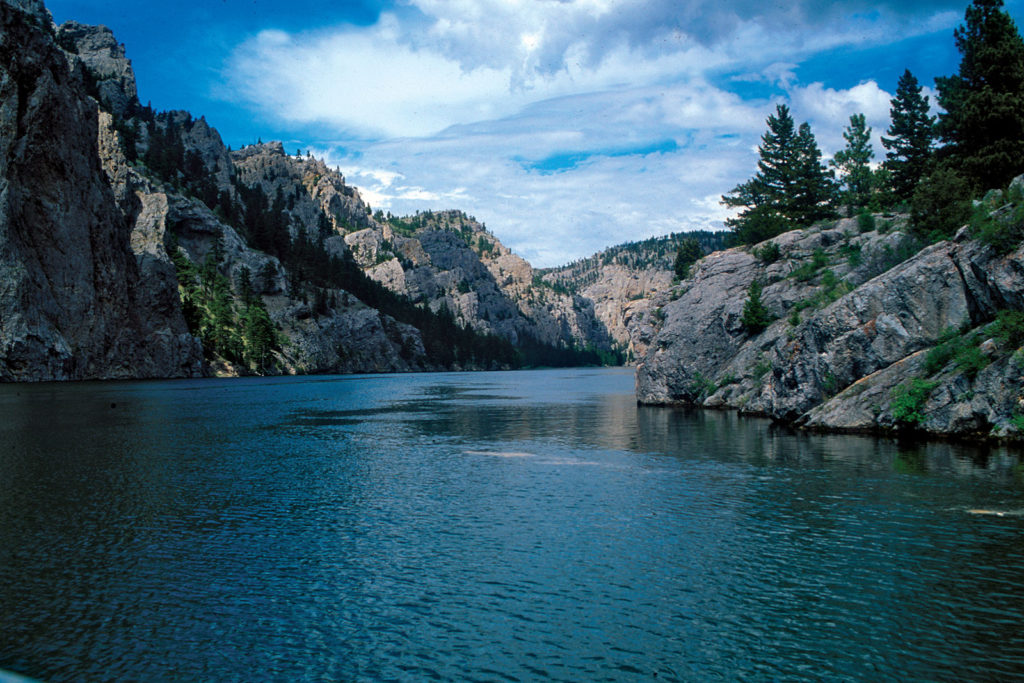
1. Missouri River
This river is best known for being the longest river in the US. Its total measure is 3,768 km and it is actually the Mississippi River’s tributary. Missouri river drains around 1/6 of the entire continent of North America, and many smaller rivers and tributaries flow into it. Headwaters of the river flow from the Rocky Mountains of Montana, near the continental divide, which is one of the highest points on the continent. From that point, the waters flow through North Dakota, South Dakota, near Iowa and Nebraska border, through Missouri, where they get to the mouth of the river in St. Charles. The river’s national significance cannot be downplayed, as it is the longest and one of the largest rivers in the country. For many years it has served as a source of food via fish and also game (which live among the river banks) as well as means of transportation. The Missouri River is also used as a water source for residents in states all along its borders and for irrigation.
If you want to convert various units of measure click here
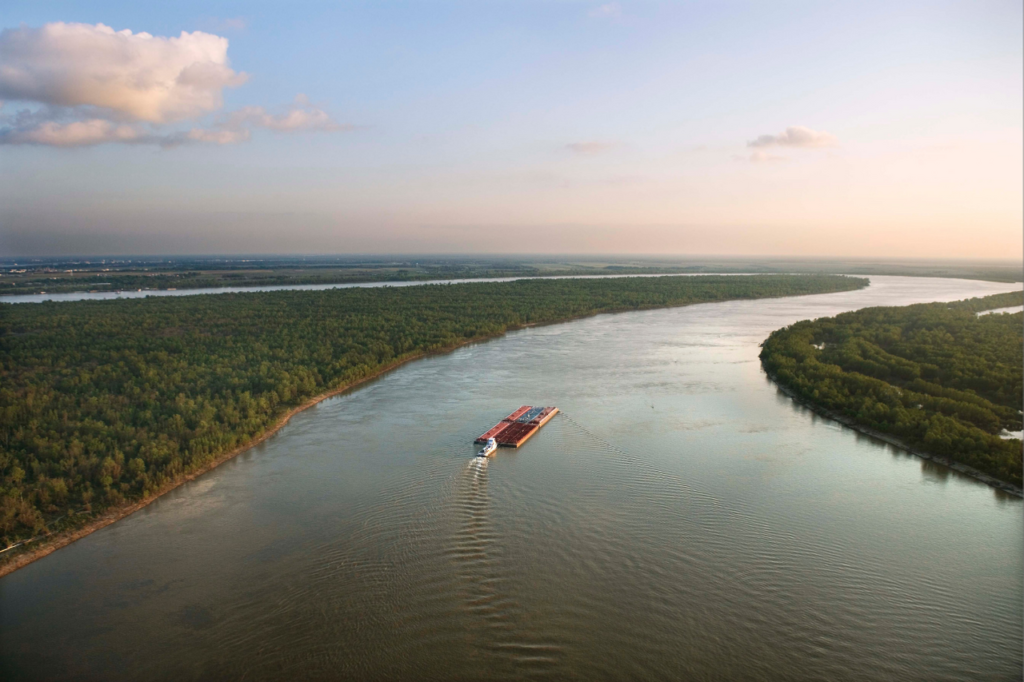
2. Mississippi River
The Mississippi River is the United States’ second-longest river. Its length is about 3,544 km. When merged with Missouri, it creates the world’s fourth longest river system. Mississippi River runs through the state of Mississippi, also the states of Minnesota, Wisconsin, Iowa, Illinois, Missouri, Tennessee, and Louisiana. The mouth of the river empties into the Gulf of Mexico. Lake Itasca, in Clearwater County Minnesota, is the main source of the river. The Mississippi River is nearly 18 kilometers across at its widest point, which makes it a truly large river. The river has been crucial throughout history as it contains roughly a quarter of all North American fish species. The Mississippi River also gave rise to both saw and flour milling.
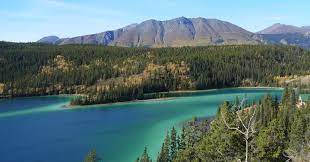
3. Yukon River
The Yukon River is the third-longest river in the United States that measures 3,190 km. It starts in the province of British Columbia, Canada, and runs westward through the Yukon Territories, then it continues through the whole state of Alaska, thereby letting it be classified as a U.S. river. The Yukon River flows to the western shore of Alaska and empties into the Bering Sea. Throughout the northern regions of North America, this river was used by Native Americans and early settlers as a means of transportation and was also important for travel and hunting.
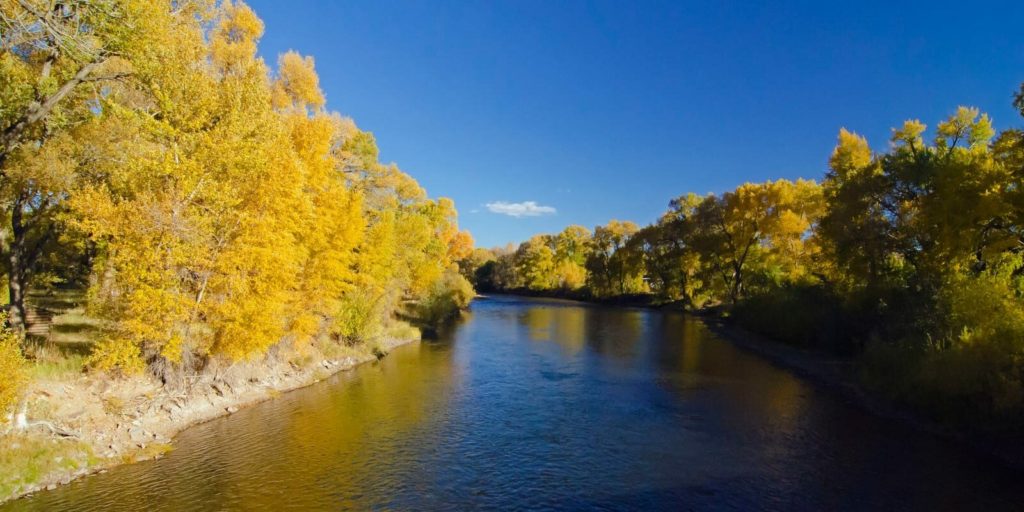
4. Rio Grande River
This is the 4th longest river in the U.S. The meaning of the name is – “big river” so, according to the name, it is no wonder that it is one of the largest rivers in the United States. Headwaters of the river are found in the Colorado Rockies, in the San Juan Range, from there it flows through New Mexico and creates the border between Texas and Mexico. The Rio Grande river empties into the Gulf of Mexico. At times, there are sections where the river runs dry because it flows through the desert and drought-prone land. As a matter of fact, in 2001 and 2002, the river did not reach the Gulf and dried out fully before it could flow the entire length of its course. Yet, the river’s primary and continued path measures about 2,830 km.

5. Colorado River
The Colorado River is the fifth-longest river in the US and it measures 2,330 km. Headwaters of the river is found in the Rocky Mountain National Park, and their mouth in the Gulf of California. The river flows through many famous lakes and valleys, from Lake Powell to the Grand Canyon, Hoover Dam, and Lake Mead. Running the line between both Arizona and Nevada, and then Arizona and California it forms a border between states. For major cities such as Los Angeles, Las Vegas, San Diego, Phoenix, and Tucson the Colorado River is a primary source of water. The majority of mentioned cities have aqueducts that run water from the river system.

6. Arkansas River
The 6th longest river is the Arkansas River, which flows mostly through Arkansas. The Arkansas River also commences in the Colorado mountains and flows eastward through Kansas, part of Oklahoma, and into Arkansas. Altogether, the river covers a distance of about 2,322 km. The Mississippi River is in fact the mouth of the Arkansas River, and it is assumed to be a tributary of the Mississippi-Missouri.
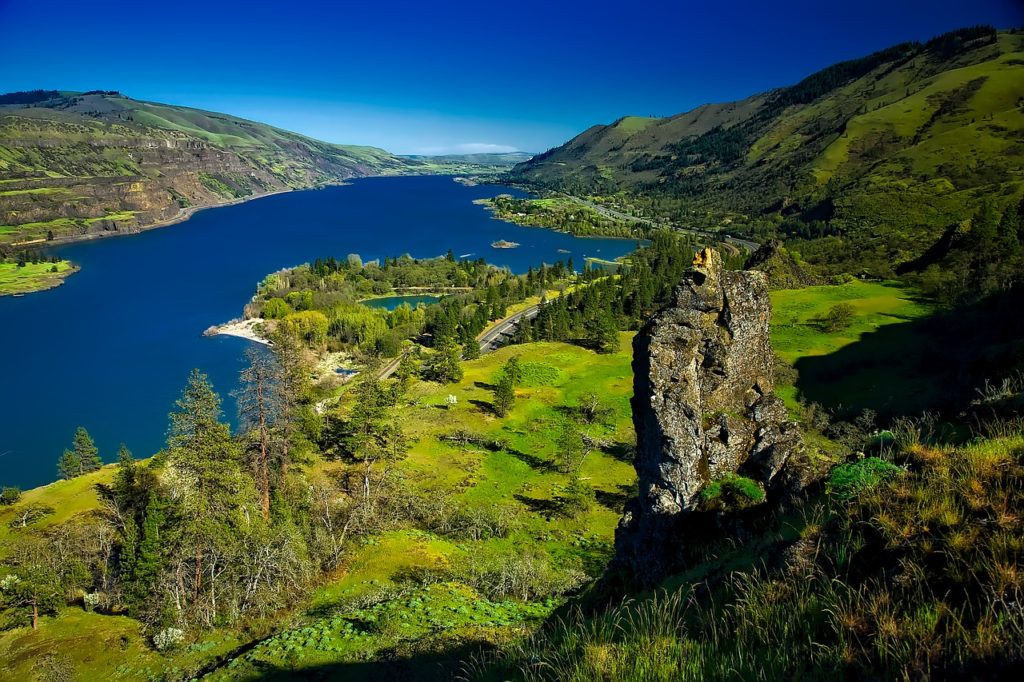
7. Columbia River
One of the longest rivers in the United States is the Columbia River. Its approximate length is 2,000 km. This river has a huge volume. In North America, this river is the second-largest. The most volume flows to the Pacific Ocean. This volume is used to power half of all the hydroelectricity in the US, through 11 different dams of the US.

8. Red River
This river has a length of about 1,811 km. Atchafalaya River is the mouth of the Red River. From there it runs through Texas, Oklahoma, Arkansas, and Louisiana. The Red River is special for two reasons: 1) it gets its red name due to the presence of silt and sand-like debris in the river that is formed by a rust-colored sedimentary rock. 2) it is very saline, meaning it is saltwater, not freshwater. An increase in its overall salinity is caused by salt deposits from what was likely a former ancient sea seeping into the tributaries which flow into the Red River.



